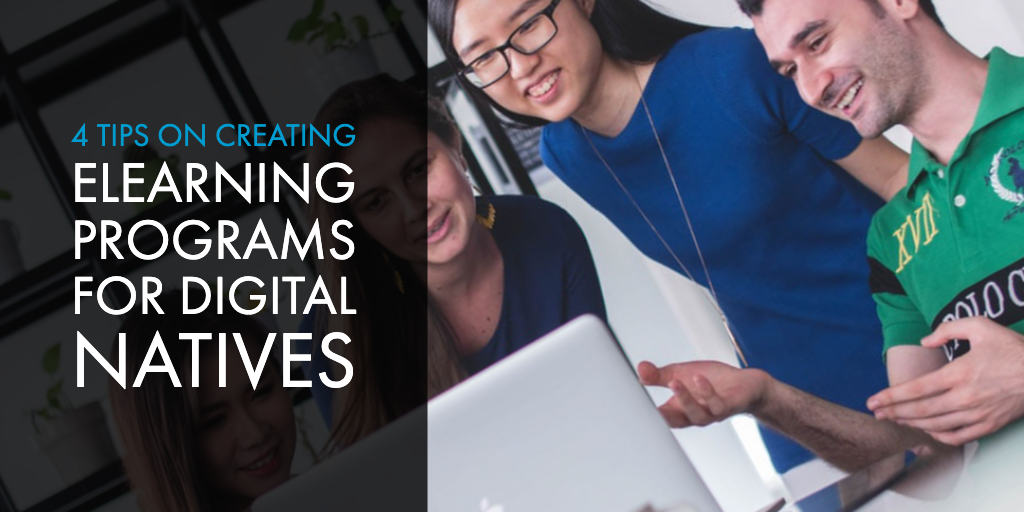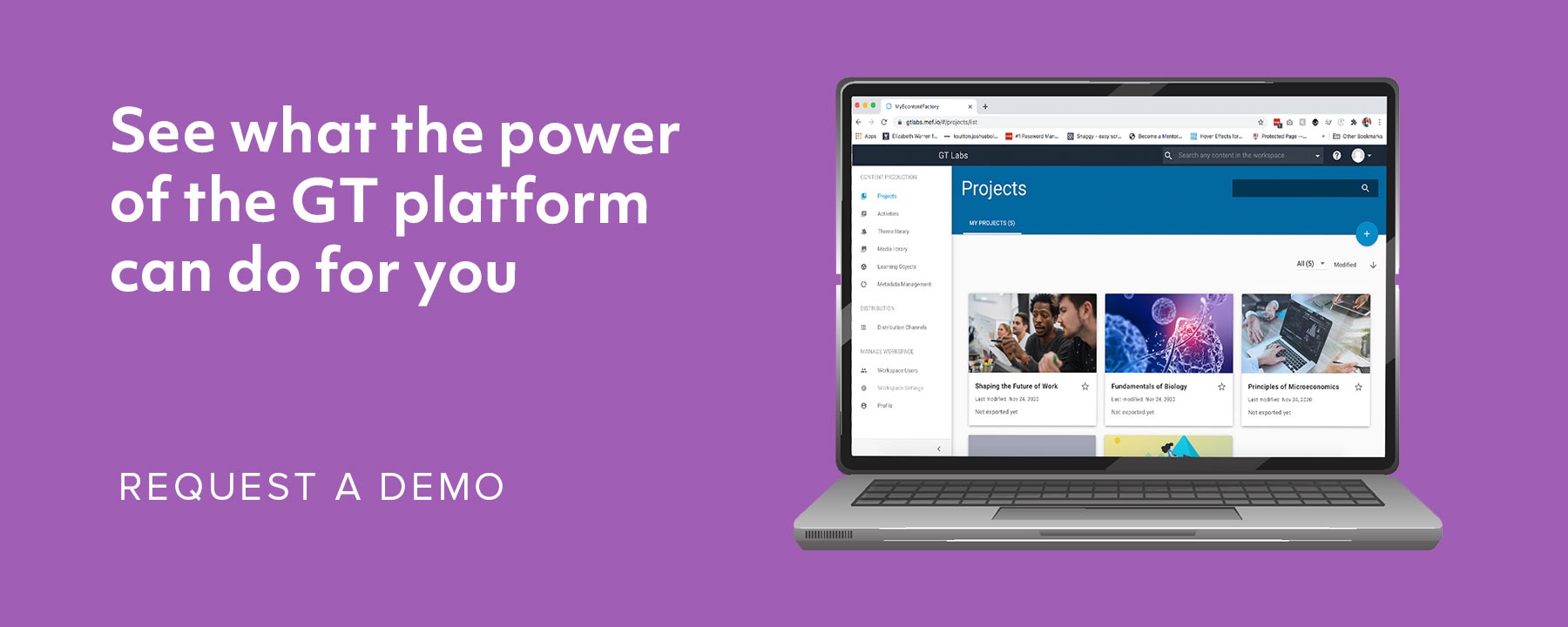The term "digital native" was originally coined by Marc Prensky back in 2001. The term implied that a new generation of learners was emerging, and their learning curve with respect to handling technology was much less steep than previous generations - if it even exists at all.
Nevertheless, there are still challenges that must be overcome when designing an eLearning program for digital natives. While such learners are tech savvy, they require stimulation and empowerment in order to effectively retain and apply the information they need. This article will discuss four tips for how to create an eLearning program well-suited to the learning styles of digital natives.
Tie Your Course Back to its Purpose
Digital natives will not engage with an eLearning program until they know why they need to participate, and what benefits the program will yield for them. Thus, it is important to clearly state the objectives of your course at the outset, perhaps via an introductory module, as well a overviews at the start of each section.
Moreover, always strive to provide examples of real-world application to your learners. When digital natives see the pragmatic nature of your course, and the skills that they can acquire by taking the time to learn the content provided, you'll be that much closer to providing an optimized educational experience.
Make it (Highly) Interactive
Exceptional teachers of all age ranges, from kindergarten to university, understand the key educational benefits of crafting an interactive curriculum. Leverage interactive course work to keep your learners highly engaged, and to aid their retention of the delivered information. After all, you want your learners to be excited about the course!
There are several ways that you can accomplish this, such as by:
- Frequent knowledge checks and/or quizzes
- Interactive learning activities
- Video and other visualizations or illustrations of certain topics
- Gamification exercises
- Post-course workshops that require active group collaboration
By encouraging a high level of interaction between the learner and the content (and perhaps between learners themselves), you will inevitably maximize the results of your program.
Leverage Your Learners' Favorite Tech Tools
Digital natives are comfortable across a wide range of technologies and devices. That being said, each learner will have his or her preferred device, and preferred method of interacting with your eLearning program. For some it will be via a PC or desktop computer while for others it will be from a smartphone or tablet.
By making your content versatile and deliverable across different devices and platforms, you'll meet your learners where they are most comfortable. In addition, they'll be able to learn within an environmental context that is suitable for them individually.
Give Them Control Over the Learning Experience
Digital natives like to take their own learning path, and at their own pace. Thus, you may want to incorporate a self-assessment at the outset of your program, and ask each learner to create a personalized plan of action to meet the course goals in his or her own way. Empowering digital natives in this way will motivate them to complete the course, and help them to fully concentrate on each learning objective as they go through it.
While it may be tricky at times, it is not only possible but critical that forward-thinking organizations create eLearning programs matched to the learning styles of digital natives. GT's cutting-edge enablement platform helps you create, manage and deliver learning content in a streamlined, seamless way.
Whether you need to import legacy content or author new content for your learners, we are here to help.








Leave a comment